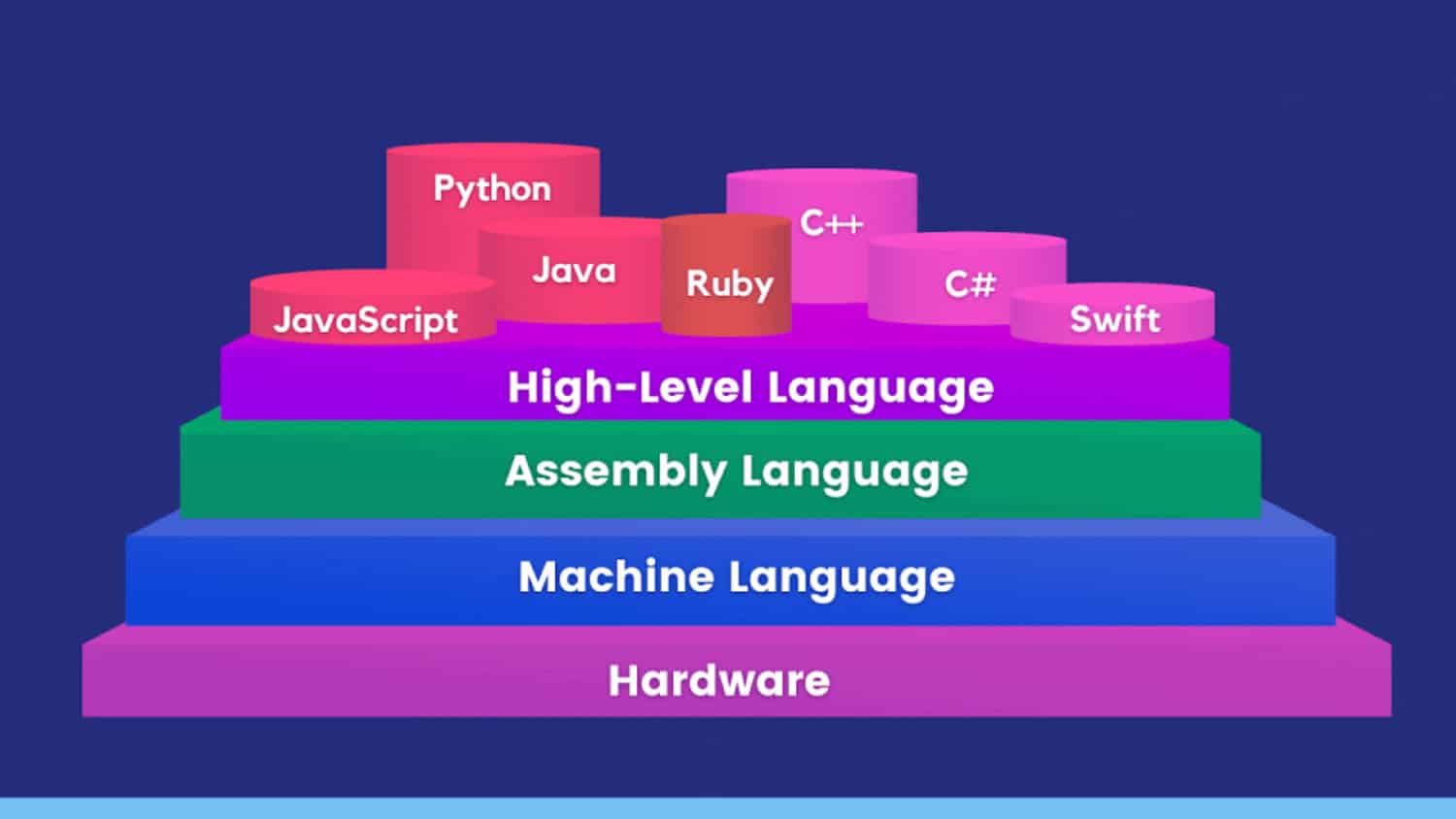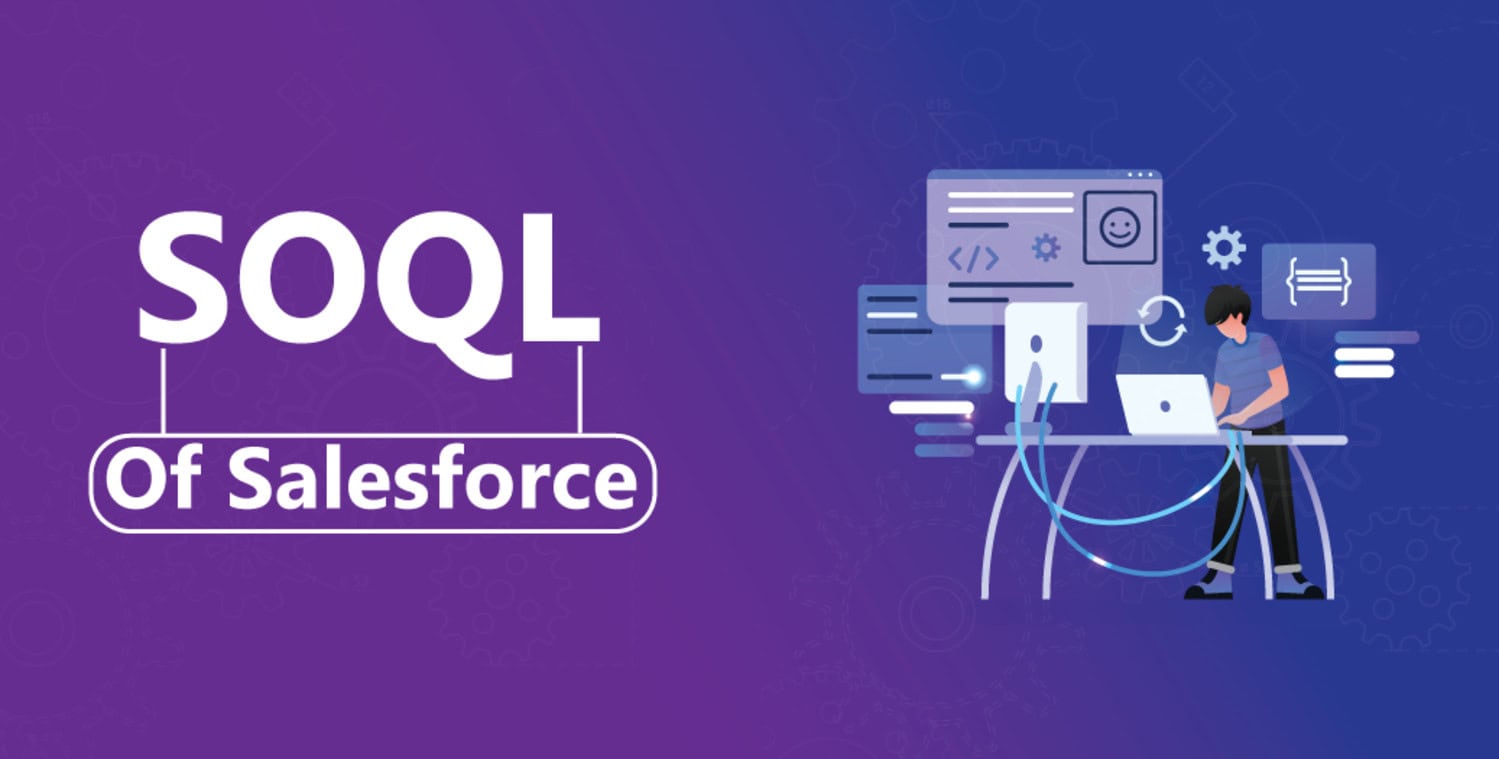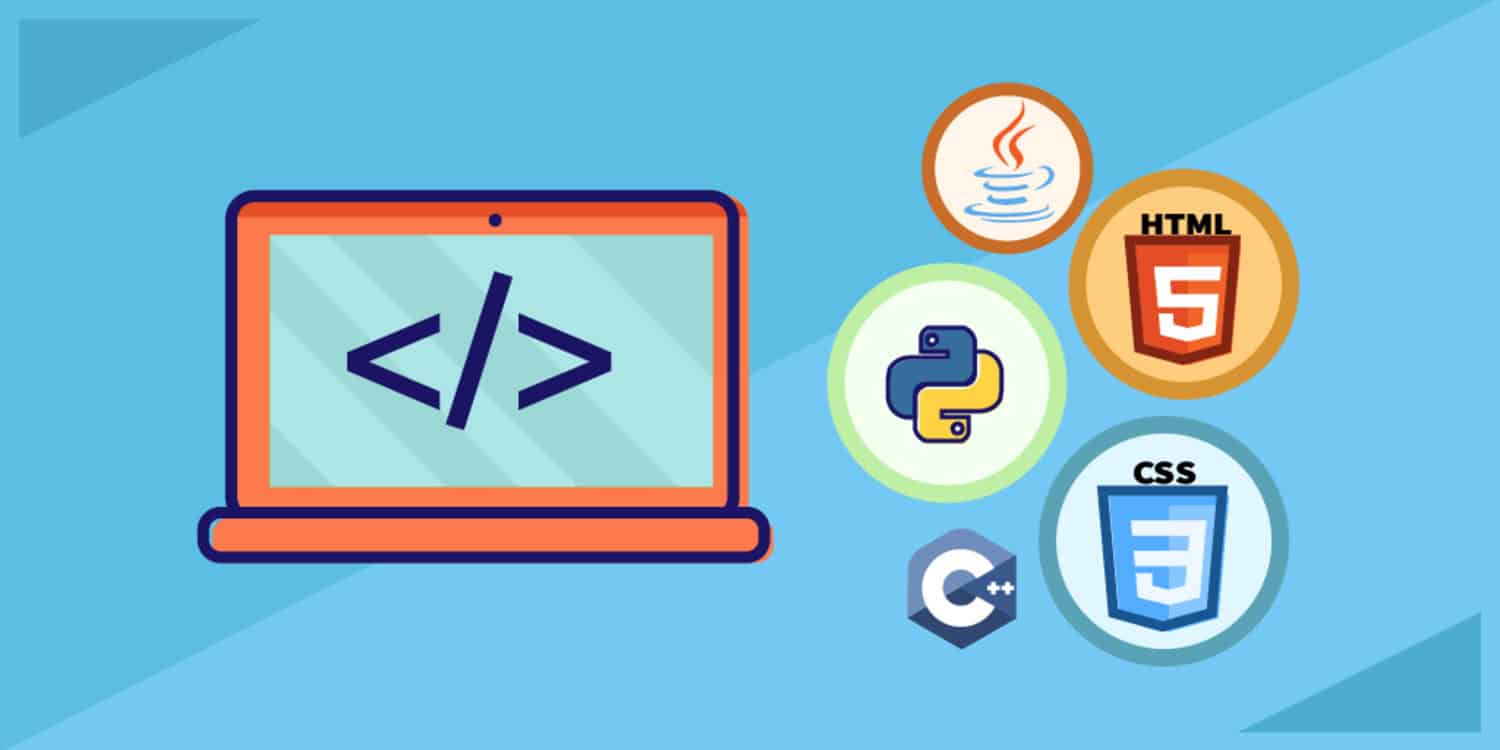You’re curious about the science or the process behind the creation of programming languages. We can handle this, no problem. This post explains how programming languages are made and how to create your own.
People use existing languages like C++ to create new programming languages. You must go through multiple phases, including developing syntax structures, building and configuring a compiler or interpreter, establishing a standard library for the language, and assembling build systems and editors that support those steps.
Learn more about the creation of programming languages by reading on.
See also: Deeper Into C: Understanding Callback Functions
Table of Contents
How are Programming Languages Made? Core Concept
Computer programmers use a programming language to communicate with the hardware. You can make a program that can do tasks if you know how to speak one of the hundreds of languages. Tasks can vary widely in complexity, ranging from something as simple as a script that moves a file from one location to another to something highly intricate, like generating a 3D world in a video game.

Because of programming languages, we can use computers to perform complex tasks. At their heart, computers continue to use binary, commonly known as machine language, a system in which zeros and ones control what the computer does and how it does it.
It is possible to think of programming languages as an overlay over this core that does not require people to toggle between zeros and ones. It is excellent because writing a simple script would take a long time if we still had to program in binary. Let’s learn about how we can make programming languages.
Read also: What Is Architectural Programming? Things To Know
How are programming languages made?
Let’s look at how programming languages are made. Computers can only comprehend 0s and 1s, as you are already aware. Thus, “Machine Language” is the name given to this binary language since only machines can understand these languages.

Developers create a relatively simple “Assembly language” language to assist programmers. It combines straightforward instructions such as ADD, SUB, MULT, etc. High-level programs are growing in popularity in the late 1990s. All are in high demand, including Python, Java, C, and C++.
Before practicing your new language skills, you must prepare and decide on its theoretical components, such as its goal, style, and audience.
The aid of the compiler, which essentially interprets source code, enables you to transform your code into a machine-readable format. The file system and other resources ought to be accessible to a new language as well. We can combine critical components within the language’s library when there are several dependencies.
Standard guidelines for developing programming languages include things like
- How it will interact with other system elements.
- The coders can understand it with ease.
- Does it define itself?
- Does it meet programmers’ needs?
To construct a programming language, an interpreter or compiler is necessary. These will translate our source code into the 0s and 1s of machine-level language. Consequently, our computer will comprehend and carry out such directions.
Now that you are knowledgeable about how programming languages are made. Let’s examine what an interpreter and a compiler are.
Interpreter vs. Compiler
An interpreter and a compiler convert our source code into machine-level language. However, the approach is different. An interpreter converts each source code line into a language only a computer can understand.
Read also: Best CPP Compilers For Windows

To illustrate, we check, convert, and execute the first line. Afterward, use the second line. However, the compiler also examines, transforms, and executes the entire source code.
Conditions for Developing a Programming Language
Let’s learn about the conditions for creating a programming language now that we understand how is a programming language made.
Vision
You should specify the new language’s vision. You must go through this phase, which aids in evaluating the value and wealth of your new language. For instance, you should specify your new language’s goals, outcomes, and novel characteristics that other languages cannot offer or handle.
High-Level Programming Languages
To create a new programming language, one must master one or more high-level programming languages, like C++ and Assembly. The greater your familiarity with computer languages, the more adept you will be at analyzing syntactic patterns.
Check this out: Data Types In C: Primitive And Non-Primitive Explained

Eventually, you can identify the language gaps that require consideration when developing a brand-new programming language. With your current understanding of computer languages, architecture, and coding styles, you can identify new opportunities in this way.
Read also: Object-Oriented Python: Understanding Constructors In Python
Flavor
You must have chosen the language’s flavor as well. This step requires making a complex decision on the language’s nature, such as whether it will support functional or object-oriented processing styles. You must also deal with other elements in this phase, such as synchronization, multi-threading, and multi-core processing.
Libraries
Well done if you can make your language stable enough to leverage existing libraries. A Language Library might provide instructions for using the file system, the network, publishing to the screen, and building unique Graphical User Interfaces (GUI).

See also: Engaging User Interfaces: Best Programming Languages For GUI
Implementation
Consideration of deployment structures is also necessary. In this scenario, you should support implementing your new program or language with underlying frameworks and libraries. It would help if you considered any necessary supporting scripts, device compatibility, and software dependencies.
Testing
After creating a language or piece of software, you test it to check if it functions as intended. Before deployment, testing is an essential process. You make sure everything goes according to plan by using the testing methods.
Why create a brand-new programming language?
Why would one need to develop a new programming language when there are currently usable ones after studying how programming languages are made?
Expertise
Knowing many languages can help you comprehend their intricacies, drawbacks, and dependencies. In the end, you’ll be able to go on to create something new that simplifies things for beginners.
Customization
It occurs most frequently in the business sphere. You will need to develop your language if you are in charge of creating a new technology that differs from the ones in use. Salesforce processes its database requests using SOQL (Salesforce Object Query Language). SOQL is among the more well-known instances of a particular business language.
Check this out: Optimizing Database: Improve SQL Query Performance

FAQs
Why is a programming language necessary?
Using programming languages, we can transform '1's and '0's into text humans can read and write. A programming language is a system of symbols that translates human thought and commands that computers can understand.
Why is computer language referred to as machine language?
Most programming languages were developed using assembly language before the 1990s. Computers can only comprehend 0s and 1s, as you are already aware. Thus, 'Machine Language' is the name given to this binary language. Since only machines are capable of understanding these languages.
Are programming languages text-based or graphical?
Although they can also be graphical, formal programming languages tend to be text-based. They function as a form of computer language. A standard language often describes the two parts of syntax (structure) and semantics (meaning), constituting a programming language's definition.
Why do computers utilize programming languages?
Because of programming languages, we can use computers to perform complex tasks. At their core, computers continue to use binary, commonly known as machine language, a system in which zeroes and ones control what the computer does and how it does it.
Conclusion
We hope this information about how programming languages are made is useful. Learning how to educate a computer to comprehend a set of instructions to carry out a task is analogous to creating a new language.
You will begin by constructing a new language by utilizing an existing one. You may then start telling a computer what to do and how to do it in this manner.
Read also: Programming Challenge Showdown: HackerRank Vs LeetCode

